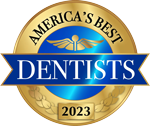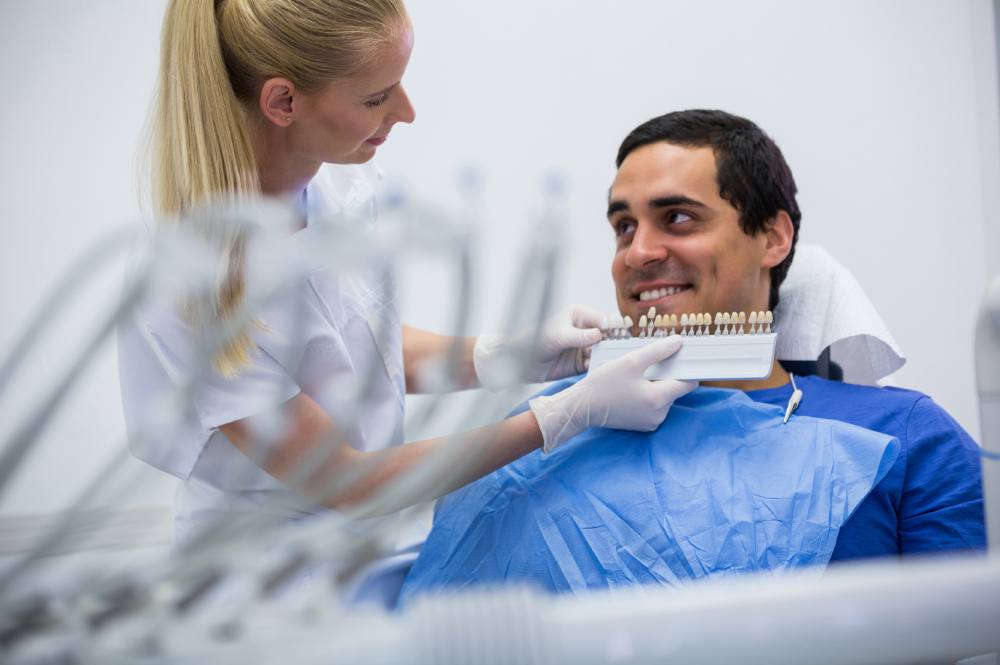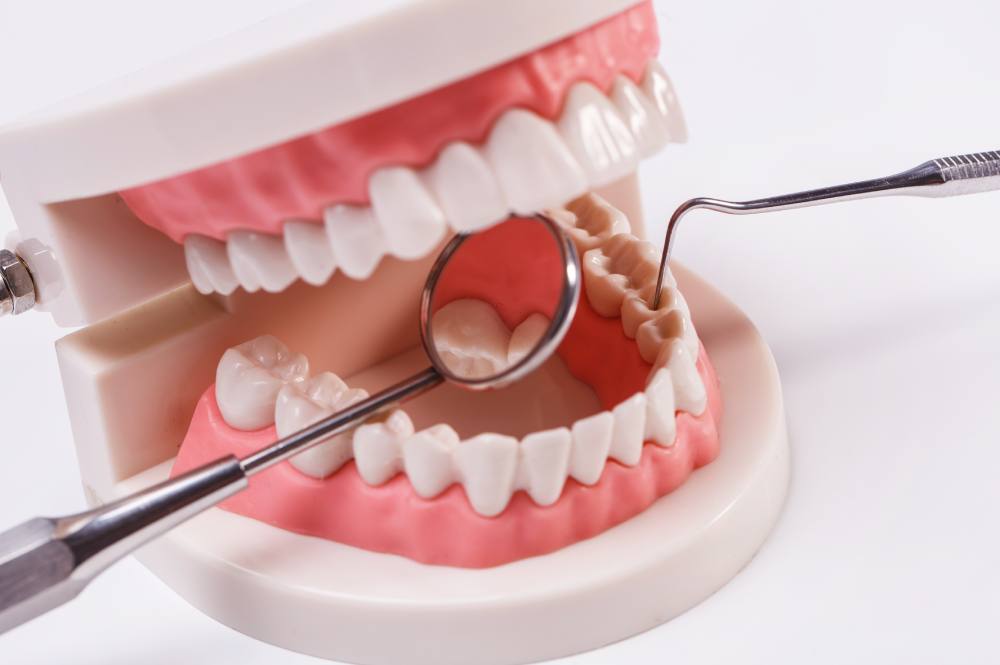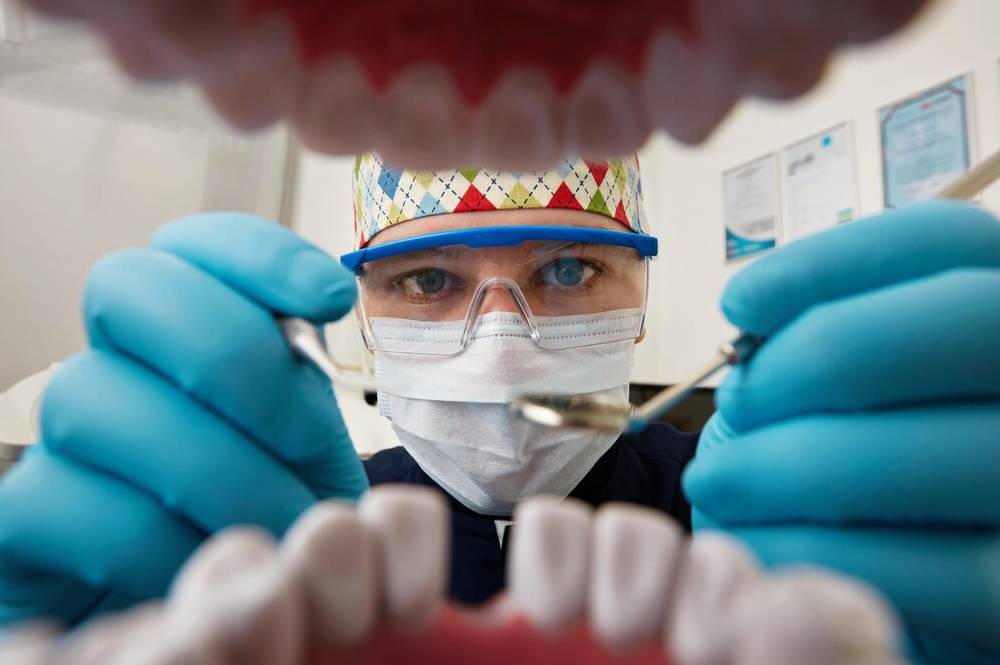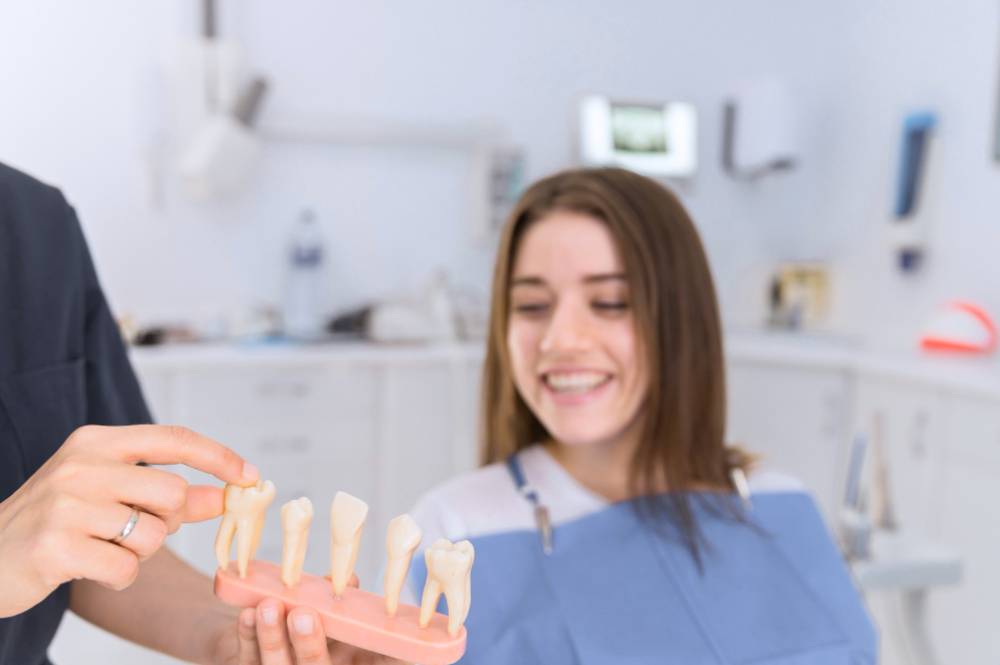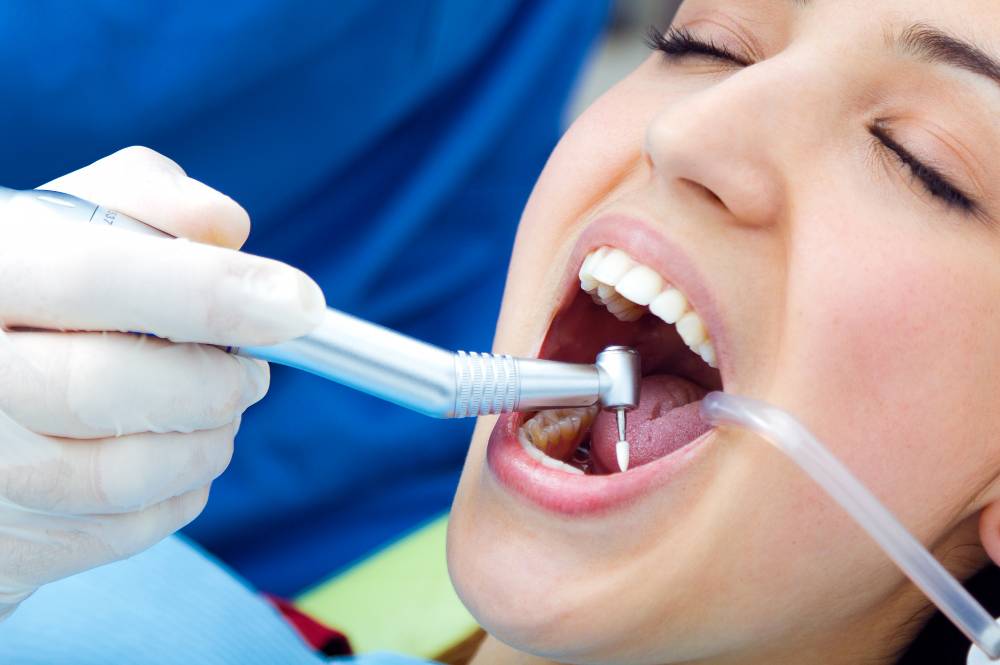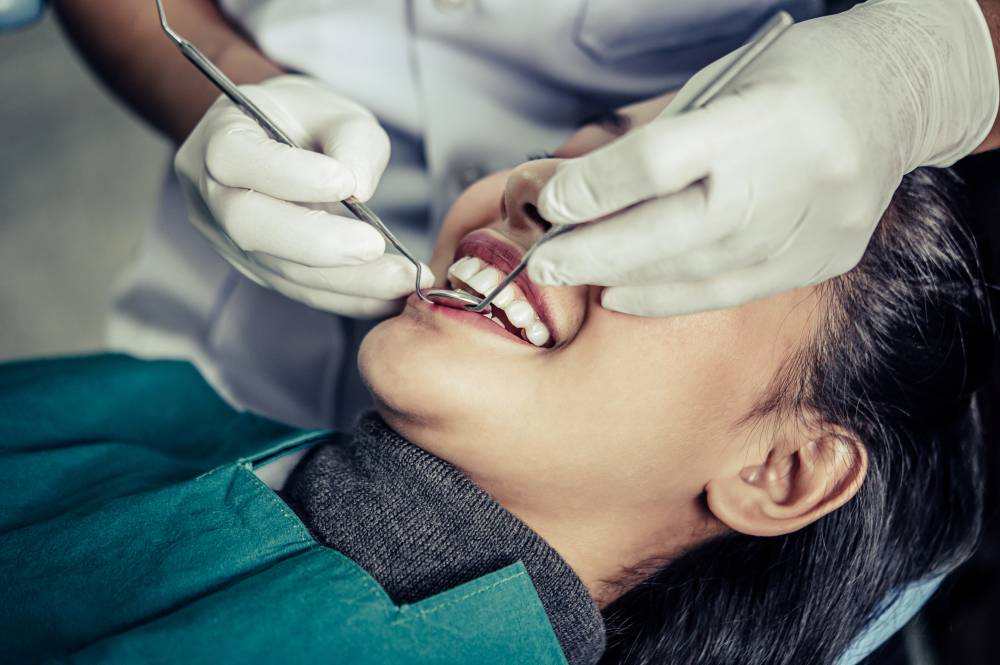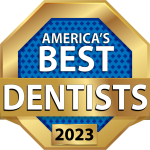Enhancing Your Smile: Various Ways to Achieve a Brighter, Healthier Look
Lakewood Dentist
on
March 6, 2024
A bright, healthy smile can significantly boost your confidence and impact how others perceive you. Improving your smile isn’t just about cosmetic changes; it’s also about maintaining the health of your teeth and gums. In this article, we’ll explore various methods, both cosmetic and health-oriented, that can help enhance your smile.
1. Maintaining Good Oral Hygiene
The foundation of a great smile is good oral health. Regular brushing and flossing remove plaque and prevent tooth decay and gum disease. Using fluoride toothpaste and a toothbrush that suits your mouth size and sensitivity can make a big difference.
2. Professional Teeth Cleaning
Regular visits to the dentist for professional cleanings can remove tartar build-up that regular brushing can’t. This not only helps in keeping your gums healthy but also removes surface stains on your teeth.
3. Teeth Whitening
Teeth whitening is one of the most popular cosmetic dental procedures. Options range from at-home whitening kits to professional treatments offered by dentists. While effective, it’s important to consider the potential sensitivity and suitability for your teeth.
4. Orthodontics and Aligners
For misaligned or crooked teeth, orthodontic treatments like braces or clear aligners can be effective. These methods straighten teeth over time, improving both appearance and oral health.
5. Veneers
Dental veneers are thin, custom-made shells designed to cover the front surface of teeth. They can instantly improve the appearance of your smile by altering the color, shape, size, or length of teeth.
6. Dental Implants
For missing teeth, dental implants offer a durable and aesthetically pleasing solution. They provide a permanent base for replacement teeth, which are made to match your natural teeth.
7. Bonding
Dental bonding involves the application of a tooth-colored resin to repair chipped, cracked, or misshapen teeth. It’s a relatively simple and less expensive option for improving your smile.
8. Regular Dental Checkups
Regular check-ups can help detect and treat issues early, preventing more significant problems down the line. Dentists can also provide personalized advice for improving your smile.
9. Diet and Lifestyle Changes
A healthy diet contributes to strong teeth and gums. Avoiding excessive coffee, tea, and red wine can help prevent staining. Quitting smoking is also crucial, as it can lead to tooth discoloration and gum disease.
10. Lip Care
Your smile isn’t just about your teeth. Taking care of your lips can also enhance your smile. Using lip balms and keeping hydrated will ensure your lips are healthy and complement your smile.
Improving your smile can involve a combination of practices, from maintaining good oral hygiene to considering cosmetic dental procedures. It’s important to consult with dental professionals to determine the best methods suited to your individual needs. Remember, a beautiful smile is not just about how it looks; it’s also about the health and well-being of your oral cavity.

